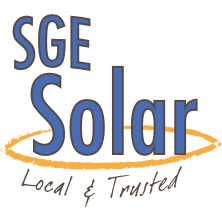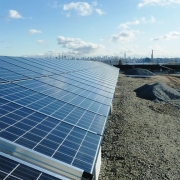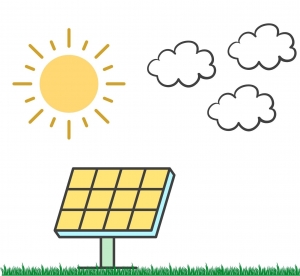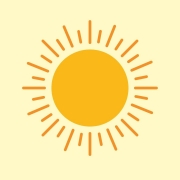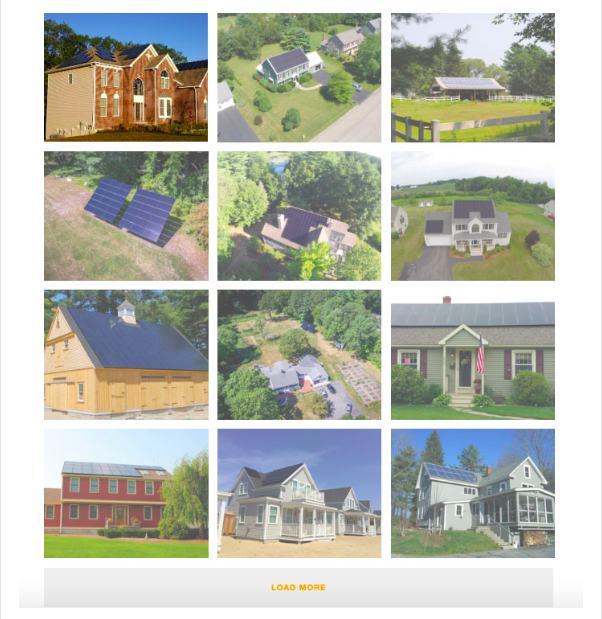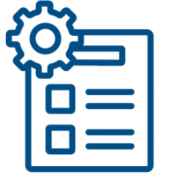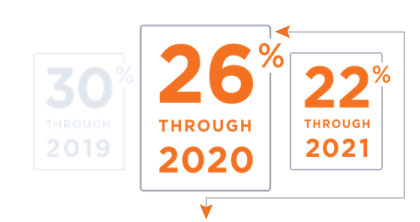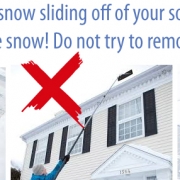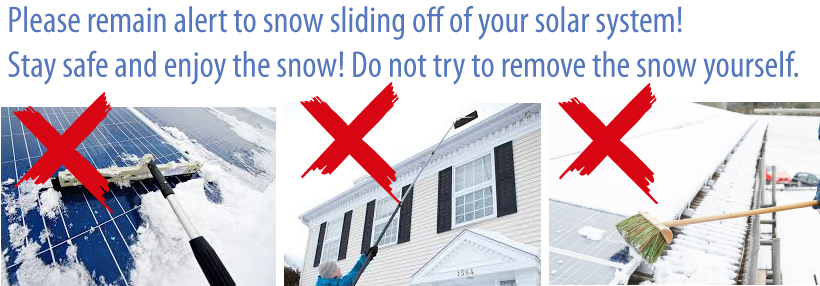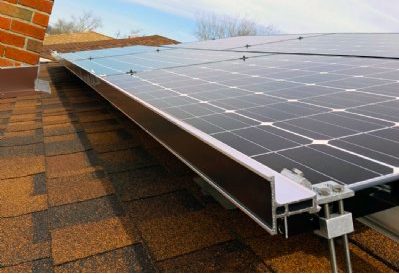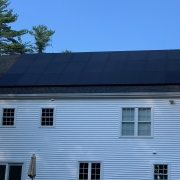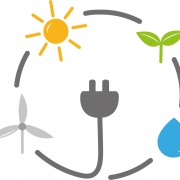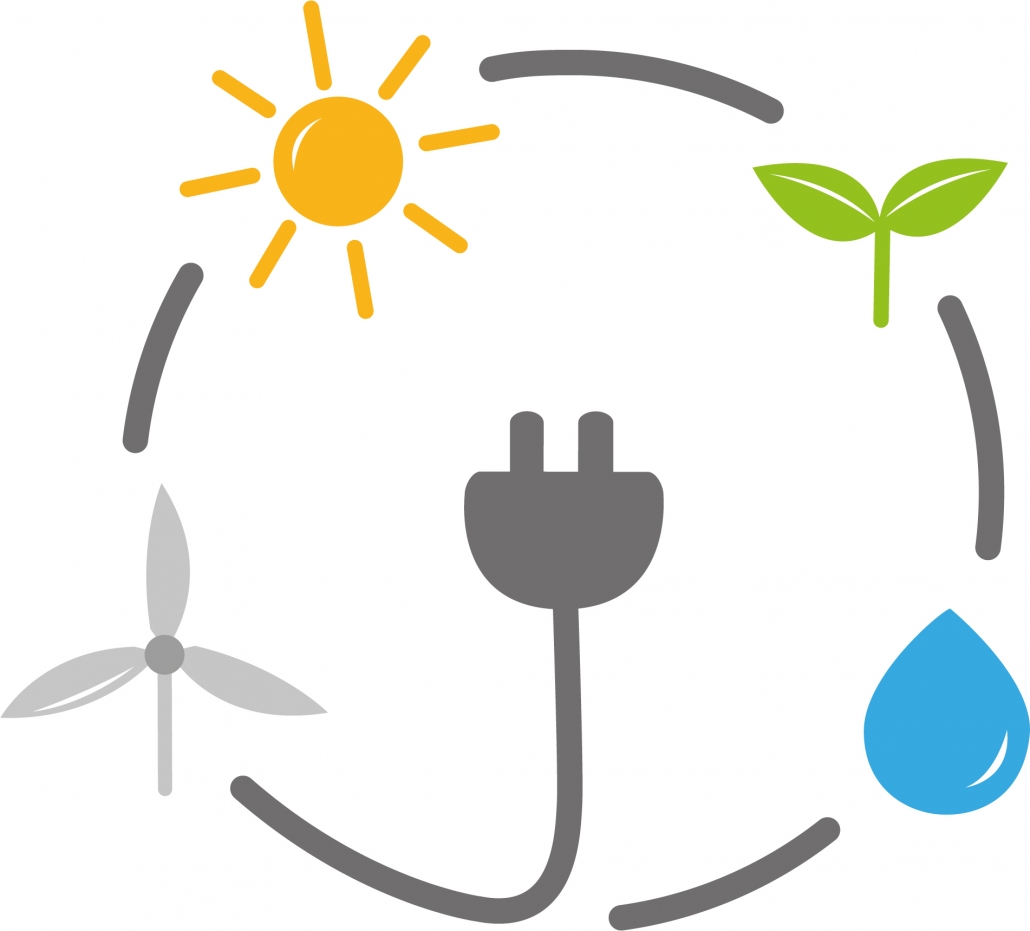
More people are deciding to go solar every year. Going solar will reduce or eliminate your electric bill, earn a good return for your investment, increase your property value, protect against rising energy costs, and protect the environment by cutting your consumption of non-renewable energy.
Sometimes people hold back from going solar if they are considering moving out of their home because they will not see the return savings in energy and already paid more money upfront for their system. Over the longer amount of time you own your home, the money you save on your energy bill should equate to 2-3 times the cost of your solar investment, so giving your systems a number of years to catch up is needed to benefit financially from rooftop solar.
But, even if you do not own your home for as long as needed to break even on energy costs, you can bill a premium on your home to cover the cost of your investment and allow the next owners to benefit from solar. Yes, going solar increases your home’s property value! That amount varies between properties, but a recent study by the Lawrence Berkeley National Laboratory (LBNL) found that solar panels increase household value by $14,329 on average in California. In 2015, the LBNL found that many home buyers are willing to pay premiums for PV-installed homes. Ben Hoen from LBNL found that there was a strong correlation between the size of the PV solar system installed and the selling price of homes in his research project, based in California. He found an increase in the valuation of the properties in his project by an average of $4.18/w. This equates to an average if $15,000 increase for the typical 3.6-kW-sized system in his project. These numbers are for the average non-PV home value of $456,378. He found similar relationships in the rest of the US.
Additionally, a new study by the Redfin, a national reality company, noted that in the Northeast home prices can increase even more, with a median sale price being $42,000 higher than the average sale price in Worcester, or even a boost of$ 179,000 in Boston. These are higher than the average solar system price in New England. The 10 cities with the most untapped solar potential include Providence, RI, Worcester, and Boston, MA, according to the PV Magazine, and in these cities, we see a substantial potential increase in home value with working solar systems in place.
So, luckily working to get solar installed on your home is probably still the right decision if you are having doubts about how long you will be owning your home or cannot predict your future housing scenario. Taking direction action on this issue and reaching out to Second Generation Energy with questions can help you figure out how many watts you would like installed, where on your property to install, and other details of the design that can change your property value for a long time. Additionally, referring solar energy to a friend and having them install solar will earn you an extra $500 dollars! Stop by to chat or call today.
